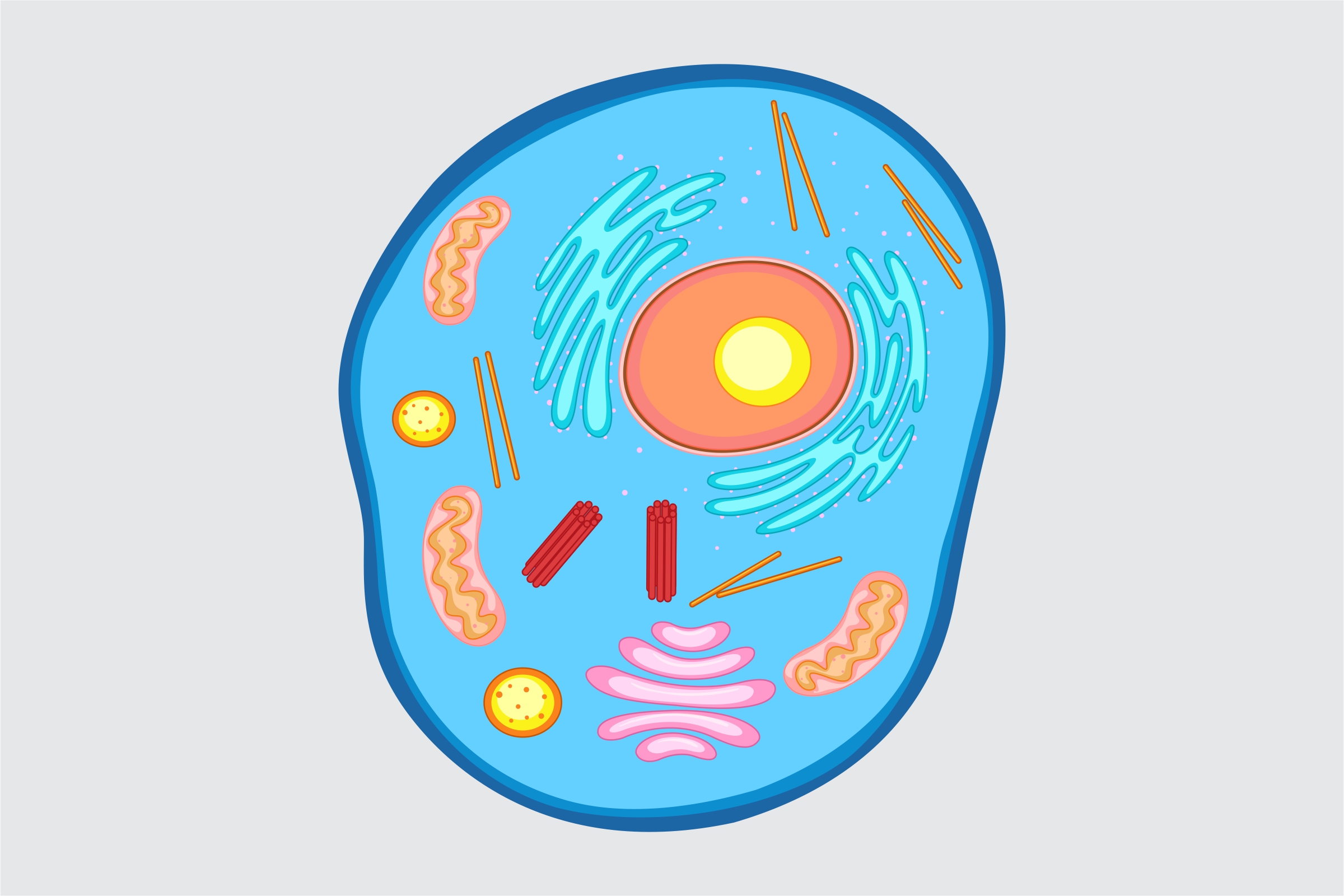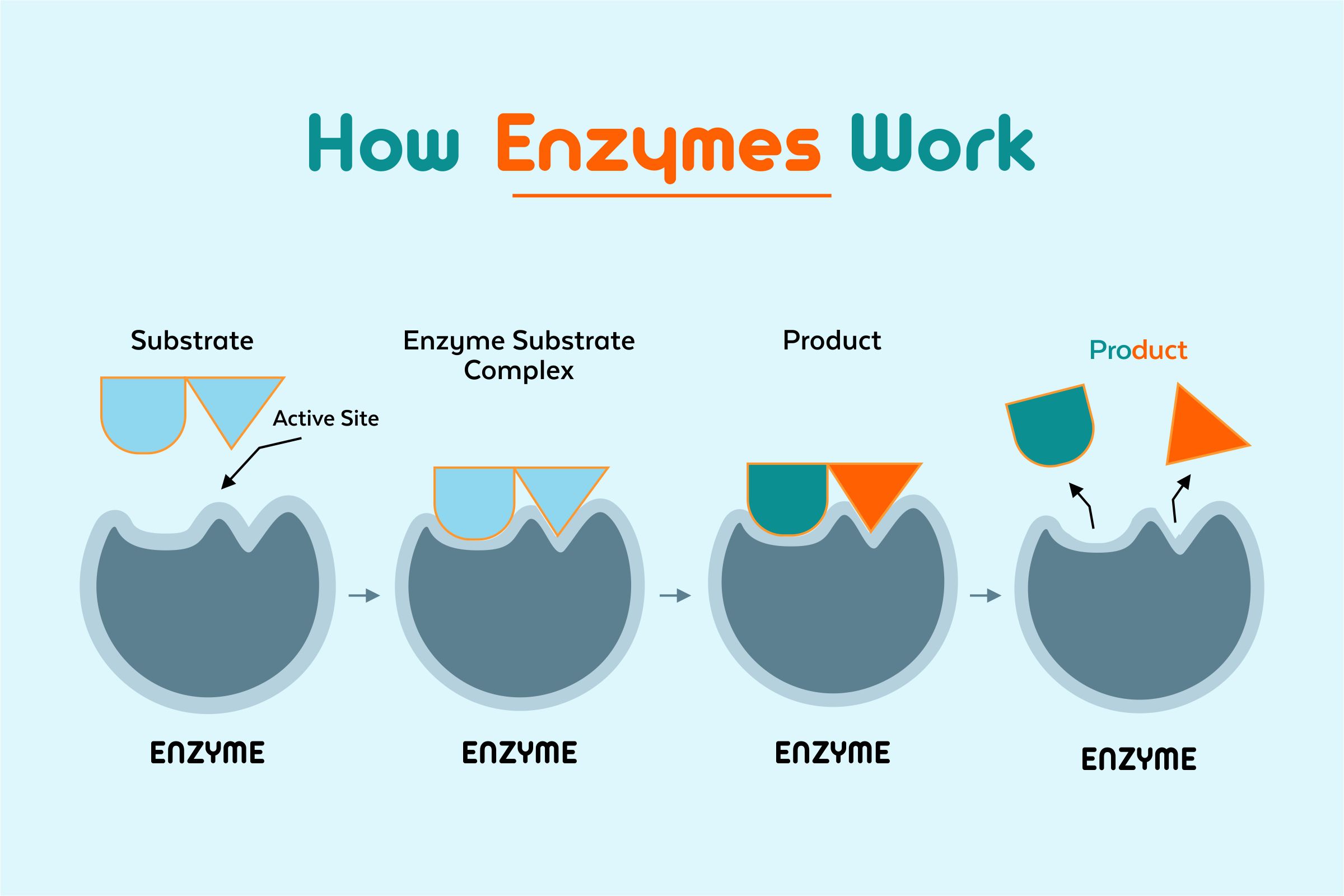Enrich your knowledge with our informative blogs
Name four components of an animal cell and describe their functions.

Cells are the fundamental and structural unit of life that is also known as the most basic and smallest biological unit of living organisms. Based on the cellular organization, cells are further classified as prokaryotic and eukaryotic. But the animal and plant cells fall under the eukaryotic category.
What are animal cells?
An animal is defined as the type of eukaryotic cell that lacks a cell wall and has a true membrane-bound nucleus and several other organelles.
Key points about animal cells
- Animal cells range a few microscopic microns to a few millimetres in size.
- The shape of animal cells varies.
- The giant animal cell is an ostrich egg that can stretch over 5.1 inches and weighs about 1.4 kilograms.
Four main components of an animal cell
- Cell membrane
A cell membrane is also known as the plasma membrane that is found in the cells. It separates the cell’s interior from the outside environment. Cell membrane performs the essential function of allowing the movement of molecules in and out of the cell. It also regulates the materials transportation exiting or entering the cell.
- Nucleus
The nucleus comprises genetic information or DNA. It controls and regulates the cell’s activities. It carries the structures and genes that contain genetic information.
- Cytoplasm
The cytoplasm is the water-based filing of the cell. It is basically a semi-fluid substance of a cell that is internal to the cellular membrane and external to the nuclear membrane, which is further described as the non-nuclear content of protoplasms. In the case of the eukaryotes, the cytoplasm component contains all the organelles.
- Mitochondria
Mitochondria create the energy for cells through respiration. Mitochondria are basically the membrane-bound cell organelles that produce most of the chemical energy required to power a cell’s biochemical reactions. The chemical energy generated by the mitochondria is stored in a small molecule known as adenosine triphosphate (ATP).
Apart from these, the Structure of an animal cell includes several components. An animal cell is generally smaller than plant cells. A typical animal cell consists of several cell organelles. These include
- Nuclear Membrane
A nuclear membrane is a double membrane structure that surrounds the nucleus.
- Centrosome
A centrosome is a small organelle located near the nucleus that has a thick centre with radiating tubules.
- Lysosome
Lysosomes are round-shaped organelles that are surrounded by a membrane containing the digestive enzymes that aids in digestion, cell renewal, and excretion process.
- Golgi Apparatus
It’s a smooth layered, flat, and sac-like organelle located near the nucleus. It is involved in storing, manufacturing, transporting, and packing the particles throughout the cell.
- Ribosome
Ribosomes are tiny organelles made up of RND-rich cytoplasmic granules.
- Vacuole
A vacuole is a membrane-bound organelle present within a cell that is involved in storing water, food wastes, maintaining shapes, etc.
- Endoplasmic Reticulum
The endoplasmic reticulum is a cellular organelle that consists of a thin and winding network of membranous sacs coming from the nucleus.
- Nucleopore
Nucleopore are the tiny holes present within a nuclear membrane that are involved in nucleic acid and protein’s movement within a cell.

Visualize the in-depth understanding of the natural world!
Biology would sound more interesting when your curiosity levels are satisfied with better visuals & logical explanations.
Categories
Recent Posts
- List of the qualities you should look for in your tutors?
- What is the most useful formulas in math?
- Describe the process of eating to defecation of food?
- Difference between the natural and artificial active response by the immunology system.
- Explain the different circle theorems
- How are nerve cells adapted to their function?










